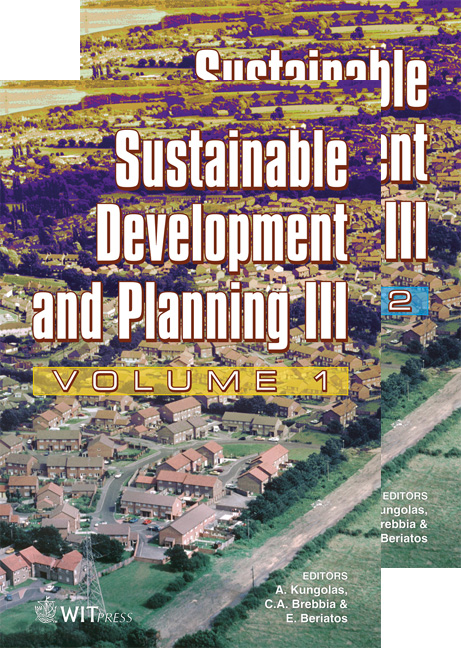There Is More To Recycled Concrete Aggregate Than Just Aggregate
Price
Free (open access)
Transaction
Volume
102
Pages
9
Published
2007
Size
1,458 kb
Paper DOI
10.2495/SDP070942
Copyright
WIT Press
Author(s)
Z. A. Krezel, K. J. McManus, N. Cumbo, H. Karlie & C. Cox
Abstract
In Australia, recycled concrete aggregate (RC Aggregate) is produced mainly from two sources, viz. crushed demolition waste concrete and relatively ‘fresh’ crushed construction waste concrete. Apart from standard fine and coarse particles, RC Aggregate consists of a significant amount of very fine dust intrinsic to the crushing process of concrete waste. The amount and characteristics of the very fine particles and presence of cement paste residue (CPR) differentiate RC Aggregate from commonly used crushed natural aggregate. The aggregate fines and CPR impact a number of basic engineering properties of the aggregate and also have potential to influence behaviour of the aggregate’s varies applications, including road base and concrete. This paper reports on an investigation into mineral composition and re-cementing potential of RC Aggregate. Scanning Electron Microscopy with Energy Dispersive X-ray analysis and the X-Ray Diffraction examination were used to determine elemental and compound composition of solid CPR and fines of the aggregate. The re-cementing potential of the fines was assessed by a method, commonly used in determination of cement content in cement treated aggregate used in roads construction. The results indicate that mineral composition of RC Aggregate is different from that of natural crushed aggregate or commonly used fine concrete sand. Preliminary results also indicate that RC Aggregate contains some anhydrous materials that react with Portland or Blended cements, or undergo a pozzolanic reaction with some hydration products such as calcium hydroxide. Keywords: recycled concrete aggregate, mineral composition, re-cementing.
Keywords
recycled concrete aggregate, mineral composition, re-cementing.





